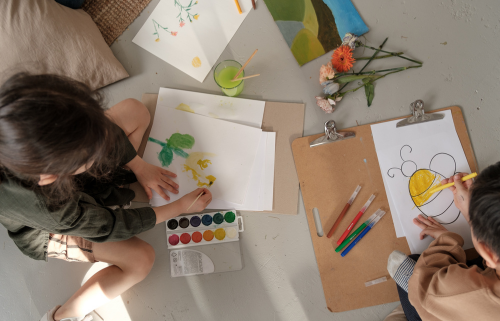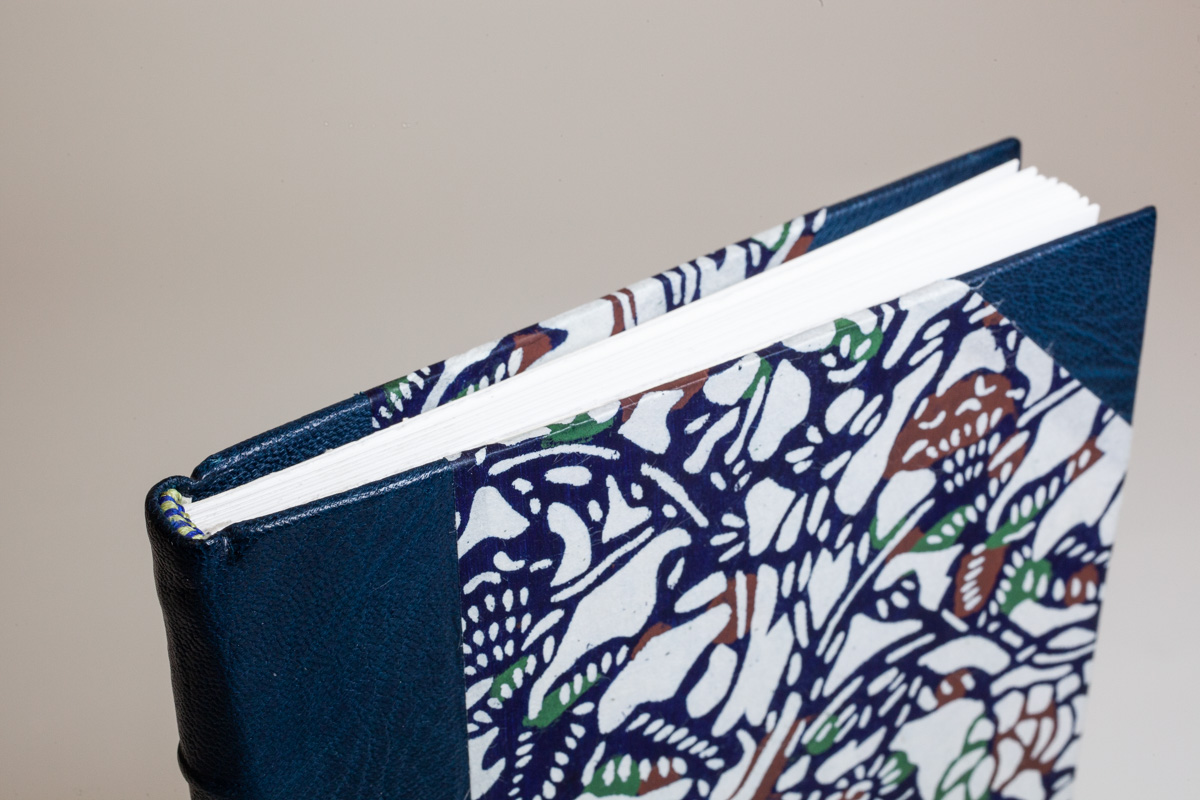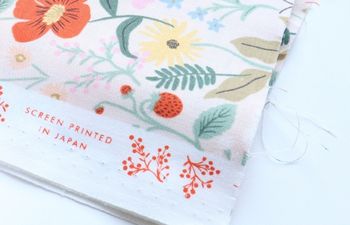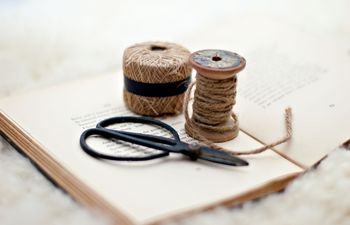Group bookbinding projects are an excellent idea for kids of all ages. Not only do they learn how books are made, they actually get to make one themselves! The hardest part is deciding what to teach. With so many different methods out there, what makes sense for your specific group of kids? That’s where I come in. I’m going to share some easy beginner bookbinding ideas for groups of kids ranging in age from 4 up to 17 (and beyond)!
Disclaimer: Over the years, I’ve learned what works and what doesn’t (for me) depending on a child’s age. Every child is unique and develops at a different speed. As the parent, caregiver or teacher, it’s up to you to decide what’s right for yours. Now, let’s jump into it!
The first toy I gave my kids was a book. It wasn’t anything special. Just a soft, brightly colored book with letters and animals all over it. They loved turning the pages (there were only two) and gumming the corners (no longer a habit, thankfully) until the books were so dirty I had to hand wash them.
As the girls got older, the books moved from cardboard to flexible soft covers, inexpensive chipboard and, eventually, solid hard covers. This transition was the basis for how I teach kids to make books. Below, I’ve broken out the projects by age, but there are no rules here. Go with what works for you!
Note: Never allow a child to handle sharp objects unsupervised. Just thought I should say that.
Beginner bookbinding ideas for kids 4-8
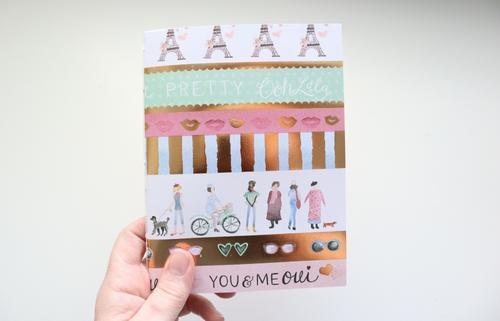
I’ve noticed that kids around 4-8 years old are capable of using tools like awls and scissors, but they lack the long term focus required for long form instruction. That’s why I always start with easy pamphlet bindings. These bindings will need an awl, but only for a few simple steps. The rest is hands on!
Pamphlet bindings are just a group of pages sewn together using a single needle and thread. There is no PVA glue required, so grain direction doesn’t matter and any paper can be used. Thread is also an open choice. Kids can use traditional linen thread or jazz it up with string, yarn or embroidery thread.
Pamphlet bindings are perfect for kids ages 4-8 because:
- ultimate freedom in creativity from the covers to the pages
- the instructions move quickly and give instant results
- it teaches children how books are bound together by sewing
- the sewing technique can be simple (3-hole method) or complicated (6-hole method) depending on the group
- covers can be designed ahead of time and sewn together with pages
- materials are easy and inexpensive for schools and homes to pick up
Use the pamphlet binding method to create these fun projects in class or at home:
- journals or diaries
- letter practice books
- field science notes
- cookbooks & recipes
- stories about family & friends
When my kids were little, a teacher asked them to draw each of the seasons as the year passed on. At the end, the kids bound the four pictures into a beautiful book I could keep for Mother’s Day. I still have them!
Bookbinding ideas for kids 9-13
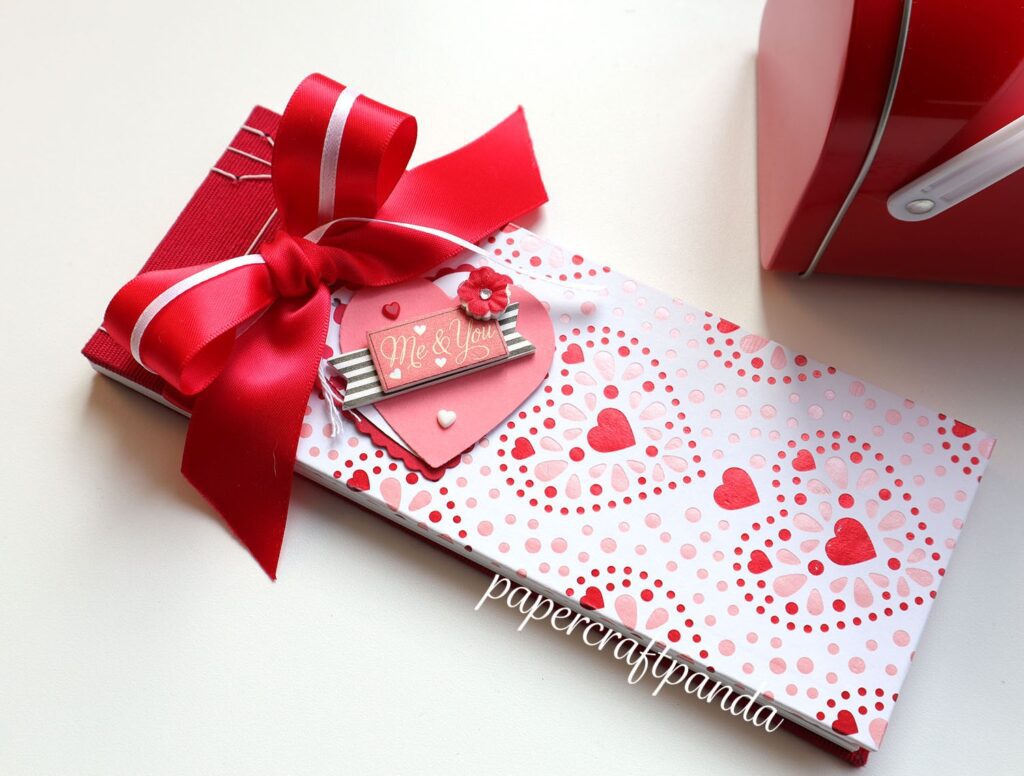
As my kids got older, I realized the Japanese stab binding method was the easiest to teach with amazing results. As with the pamphlet binding, there are ways to make the stab binding more complicated for kids who can handle a bit more instruction.
Note: I recommend using chipboard for kids who are making hard covers. Elmer’s glue can be substituted for standard PVA. A standard awl can be used in place of a Japanese screw punch.
Stab bindings are perfect for kids ages 9-13 because:
- covers can be soft or hard materials
- sewing demonstrates how to create stability & strength
- stab bindings are one of the oldest Eastern methods & makes a great history lesson
- beautiful sewing patterns that can be simple (4-hole method) or complex (Hemp Leaf method)
- great for binding single sheets
Use the stab binding method to create these fun projects, plus lots more:
- finished artwork
- photo albums
- cute coupon books
- journals
There are lots of fun ways to jazz up a Japanese stab binding. I like using different materials to create a specific vibe. When I made this stab binding out of loose leaf paper, I used fine paper with a Paris theme from Barnes & Noble and a bit of velvet paper to reinforce the spine. Together, these materials dressed up the ruled sheets and gave the project a fun contrast.
Bookbinding ideas for kids 14+
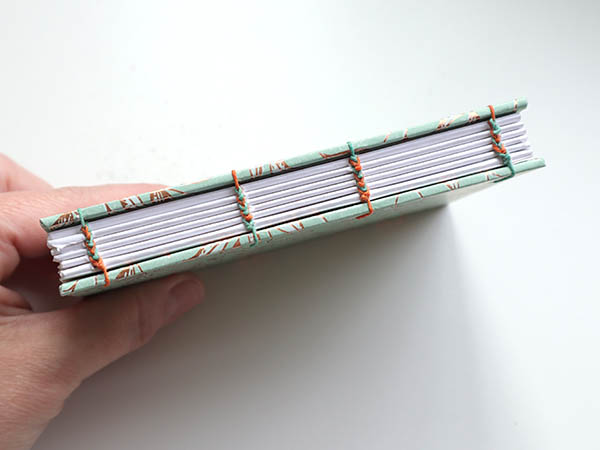
Teens and young adults don’t really need beginner bookbinding ideas because they’re capable of understanding the building blocks that make up a binding. Even so, a project with clear starting guidelines is helpful. For anyone 14 or older, I would recommend a Coptic binding.
Coptic bindings are fun because they vary in difficulty. Kids can start with a single needle coptic and move up to a fun double needle coptic when ready. In my groups, I like to start with a mini version. This way, kids get the hang of the harder steps (like attaching the front and back covers) before jumping into a book with more expensive materials.
Coptic bindings are perfect for kids 14 and up because:
- Coptic signatures are sewn together, giving kids a real taste of what it means to sew a book
- there’s tons of room for artistic expression (thread colors, covers, papers, etc)
- this type of book will lay open completely flat
- Coptics have been around for centuries, making for a great history lesson
- the spine is exposed, so each cover is created independently (unlike the more complex casebinding)
- these books use all of the standard bookbinding materials for a fun experience: bone folders, awls, PVA glue, wax and thread
Use the Coptic binding method to create these fun projects:
- junk journals & scrapbooks
- art books (sketch, watercolor, etc.)
- photo albums & memory books
- journals, diaries and notebooks
- wine, beer or bourbon tasting books (adults only please!)
Where can I find bookbinding materials for a project with my kids or class?
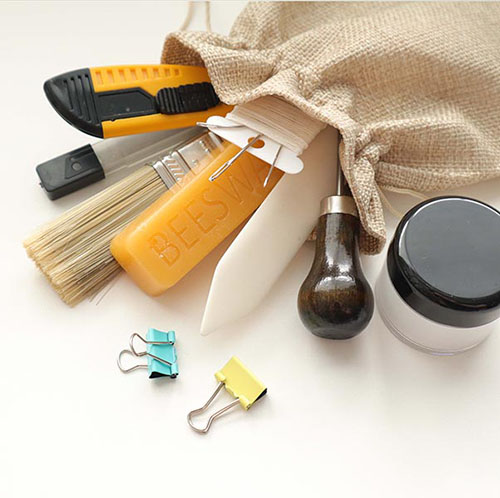
The art of book making is uses tools and materials from different crafts (like wood and leather working), which can make them hard to find in one place. After helping folks find these items for years, I finally decided to create my own starter bookbinding kits.
I don’t have a big store, so I offer them on the Etsy Marketplace. Be sure to sign up for my newsletter if you’re interested. I include a discount code you can use in the shop 🙂
When buying for larger groups, it might make sense to purchase items in bulk. Here are some suggestions:
- use regular printer paper for pamphlets and stab bindings
- substitute Elmer’s glue for standard PVA. Elmer’s glue doesn’t hold as well as PVA, but starter projects will be just fine using it!
- pick up 5 or so awls and beeswax bars and let the kids or group share them
- go for disposable paint brushes (like chipboard) that folks can use and recycle or toss
- construction paper or 100lb card stock work well for soft covers & can be purchased in bulk
I hope this information was helpful!
More bookbinding goodness
✨ What tools do I need to get started bookbinding?
- Bookbinding Tools & Supplies Quick Start Guide – learn all about book making tools, which to buy first & where to go online
- Pick up my popular Complete Starter Bookbinding Tools Kit – all the bookbinding essentials in one spot
🌟 Looking for a simple way to start making books?
Try a Complete Book Materials Kit. Each one has everything you need (+ tutorials & videos) to make a beautiful book without all the fuss.
Thank you for taking me along on your book making journey!
Misty
